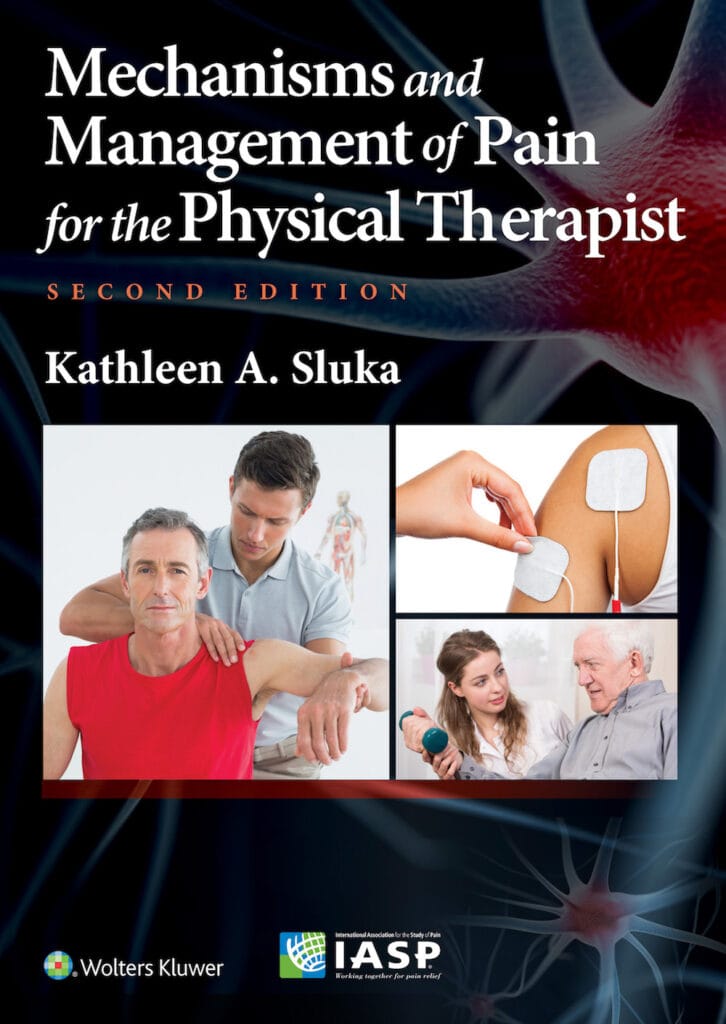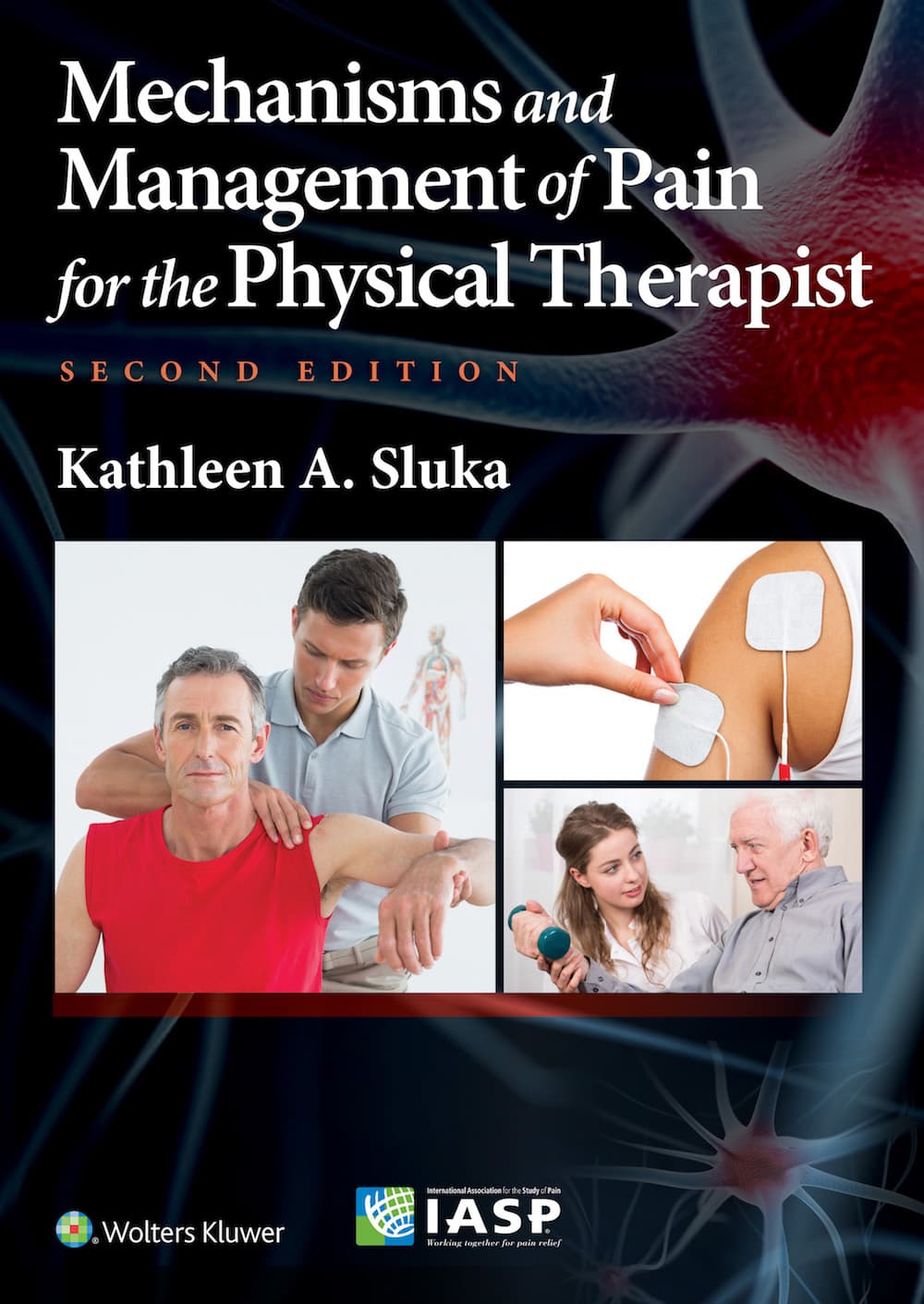I arrived at the University of Iowa to begin the DPT program with the expectation and excitement of learning how to be a human body mechanic. I had an undergraduate education in engineering, architecture, and education, with a minors in physics and math, so I was perfectly suited for the Newtonian approach to physical therapy. I was ready to jump into the profession using manual therapy and exercises to fix people so they could live happier lives. But in the spring of our final year of class work we were introduced to information that would force me to radically reconceptualize my schema of physical therapy and the treatment of pain. We were lucky enough to have an entire semester of pain science taught by the person who literally wrote the book. As someone who thinks in terms of vectors and force diagrams it was a difficult to accept that pain is not the result of mechanical imbalances. As we all do when presented with new information, I tried to force it into my biomechanical schema but the evidence became overwhelming and it came time to rebuild my conceptual framework. At the University of Iowa I was fortunate to have an entire semester-long course devoted to the study of pain and its implications in physical therapy taught Dr Sluka herself. The information that we covered was incredibly eye-opening, yet few of us realized just how pertinent and valuable it would be until we began treating patients in clinic.
Graduate school is a frantic few years when intelligent and motivated individuals soak up as much information from their professors as possible. As a student, there is little time to absorb this information, let alone question its validity. However, healthcare has been dominated by tradition rather than science leading to incredibly diverse theories, practices, and rationales that lack credible evidence for their efficacy or effectiveness. Patients learn of a new “imbalance” or “mal-alignment” they have with each practitioner they encounter that clouds their self-perception. Improved education and communication among providers may improve patient outcomes and satisfaction but the challenge is getting providers from multiple disciplines to agree on what best practice actually entails. This means using the scientific method to systematically breakdown hypotheses, shedding the false layers until we are left with something much closer to the truth. Pain is an emergent phenomenon of complex neurobiology creating an incredible challenge in studying it. But without basic science, we would still be using leeches and mercury to cure disease.
Mechanisms and Management of Pain for the Physical Therapist by Dr Kathleen Sluka provides the science of pain down to the receptors and neurotransmitters. It opens with a brief history of pain theories, from Descartes to gate-control to the neuromatrix model, before diving into the biological explanation of pain through peripheral and central mechanisms. Using the biology of nociception, facilitation, and inhibition, phenomena such as primary and secondary hyperalgesia, and central sensitization are given a rationale and plausible mechanism that explains many of the complex patient presentations such as pain that shifts locations, pain that changes with environment, and pain that is greater than anticipated with a given stimulus.
The foundational basic science is used in subsequent chapters to provide the best evidence for each aspect of evaluation and management of pain. Multiple questionnaires and other modalities for assessing all aspects (cognitive, sensory, affective) of pain are provided which can guide a clinician’s evaluation and direct treatment. Various interventions and their proposed mechanisms of action are explained and dissected, with detailed chapters on specific and non-specific effects, exercise, education, manual therapy, and modalities. For each intervention, the evidence is presented and explored in a relatively unbiased manner, with the data doing the loudest talking. With chapters often written by leaders of their respective domains (Paul Hodges does motor control, Lorimer Moseley does education, Joel Biolosky does non-specific effects, Michele Sterling does cervical), one gets an appreciation for where the current literature stands. It is meant to act as scaffolding to guide further growth and development, so that new information can be effectively appraised to determine plausibility and validity of our assessments and intervention selection. The more universal our understanding of the foundational science, the more uniform our message to patients can be.
Learning about specific topics such as neurotransmitters and wide-dynamic range neurons may seem excessive, but mastery over a topic is essential if you plan to teach others. With pain education, the goal is not just to inform the patient of the biology of pain, but to create a change in the way an individual responds and cognitively processes the experience of pain. People come to our clinics with a lifetime of preconceived conceptions of what pain is and how it can be alleviated. If a bone is broken than it needs fixed, if a joint’s surface is wearing out than it needs replaced, if a disc is bulging out than it needs to be removed. These conclusions are completely justified through our everyday experience and interaction with our mechanical world. However, we are not purely mechanical creatures, with a rich complexity of biology and chemistry that is highly plastic and adaptable to both our external and internal environments. You may have heard or read that pain is due to the brain’s output of danger or threat, and informing the patient that “pain is in the brain” is a good start. However, this is irrelevant unless you can get your patient to use it to change their experience the next time their brain registers danger. To change behavior we must have a deeper understanding of both the topic and psychological principles so that we can identify and address misconceptions in a meaningful manner. The information in this book can strengthen clinical comprehension of pain presentations allowing the clinician to provide more appropriate and effective interventions.
This book does an excellent job of laying out our current understanding of pain, the mechanisms of our interventions, and how to manage a patient utilizing a biopsychosocial and collaborative model. Chronic pain costs a tremendous amount, but only a small portion of people get to this stage. As an outpatient orthopedic PT working with many acute and surgical cases, it is my responsibility to educate the patient and provide interventions that decrease the risk for transition into chronic pain. Although we may not fully understand this transition, pain education and current understanding of best practice may be a good place to start. Our ability to successfully educate others hinges on the strength and depth of our own understanding of pain and the way patients process it. Mechanisms and Management of Pain for the Physical Therapist is an excellent resource for any clinician who appreciates the biopsychosocial model is but is searching for further explanation on what it is and how to incorporate it into the clinic.
I was fortunate to attend a DPT program that exposed us to something that few other healthcare providers get and I regularly get to volley questions at Dr Sluka about anything concerning pain. This book is a reference to which I can frequently refer when I am trying to connect the dots. I am lucky to have been exposed to this material early, because relatively few clinicians are aware, let alone understand, its vast implications. Although I am a relatively new graduate, I still feel it is my responsibility as a healthcare provider to discuss the science with other providers so that we can all move a little closer to the truth and provide the highest quality care possible.
About Marty McDevitt
 Marty McDevitt is an orthopedic outpatient physical therapist in Des Moines, IA. He graduated from the University of Iowa DPT program in 2015 and has since worked with orthopedic surgeon groups in Iowa and Illinois. He graduated with a major in education and minors in physics and math at the University of Nebraska-Lincoln in 2013.
Marty McDevitt is an orthopedic outpatient physical therapist in Des Moines, IA. He graduated from the University of Iowa DPT program in 2015 and has since worked with orthopedic surgeon groups in Iowa and Illinois. He graduated with a major in education and minors in physics and math at the University of Nebraska-Lincoln in 2013.




